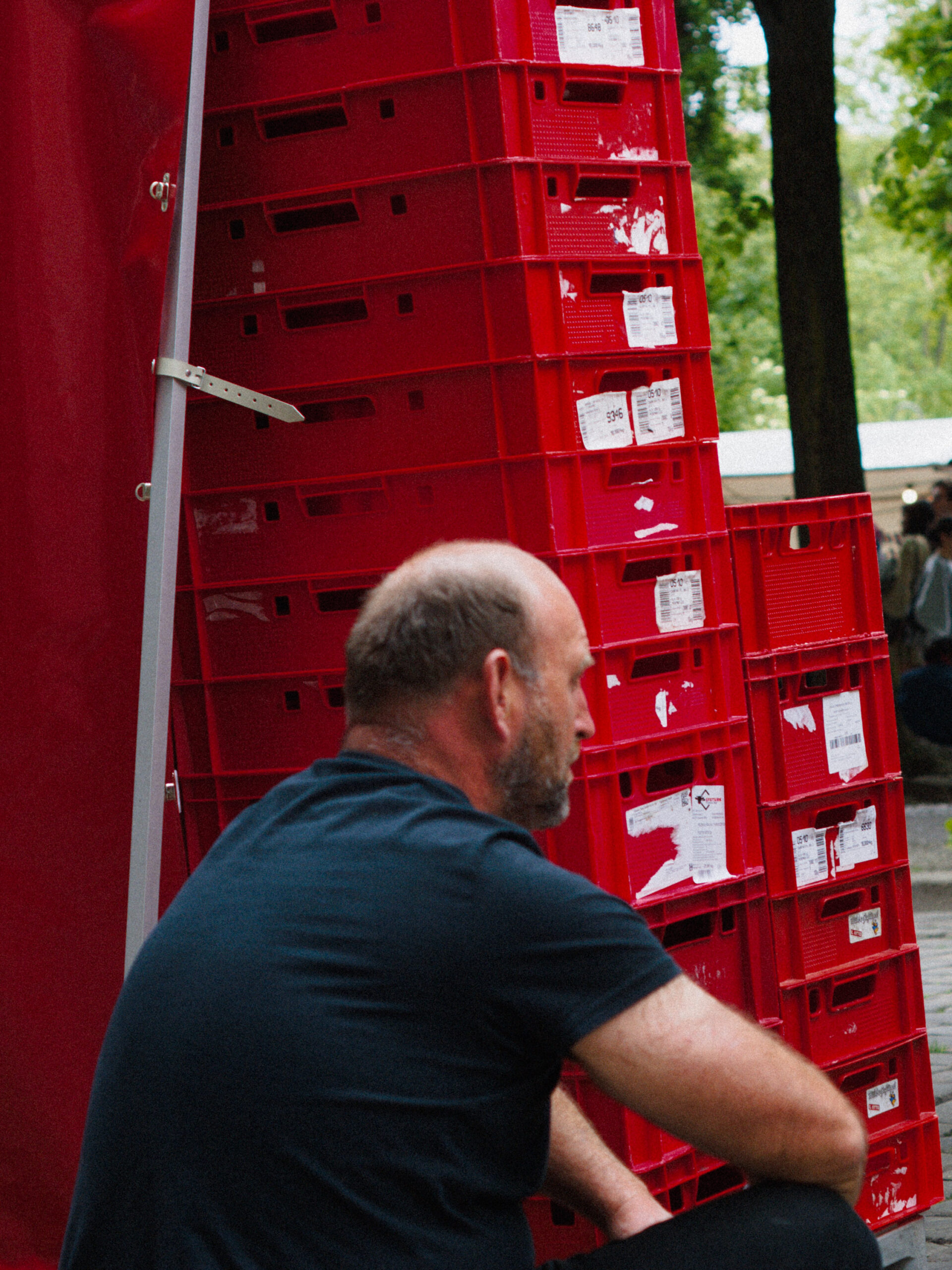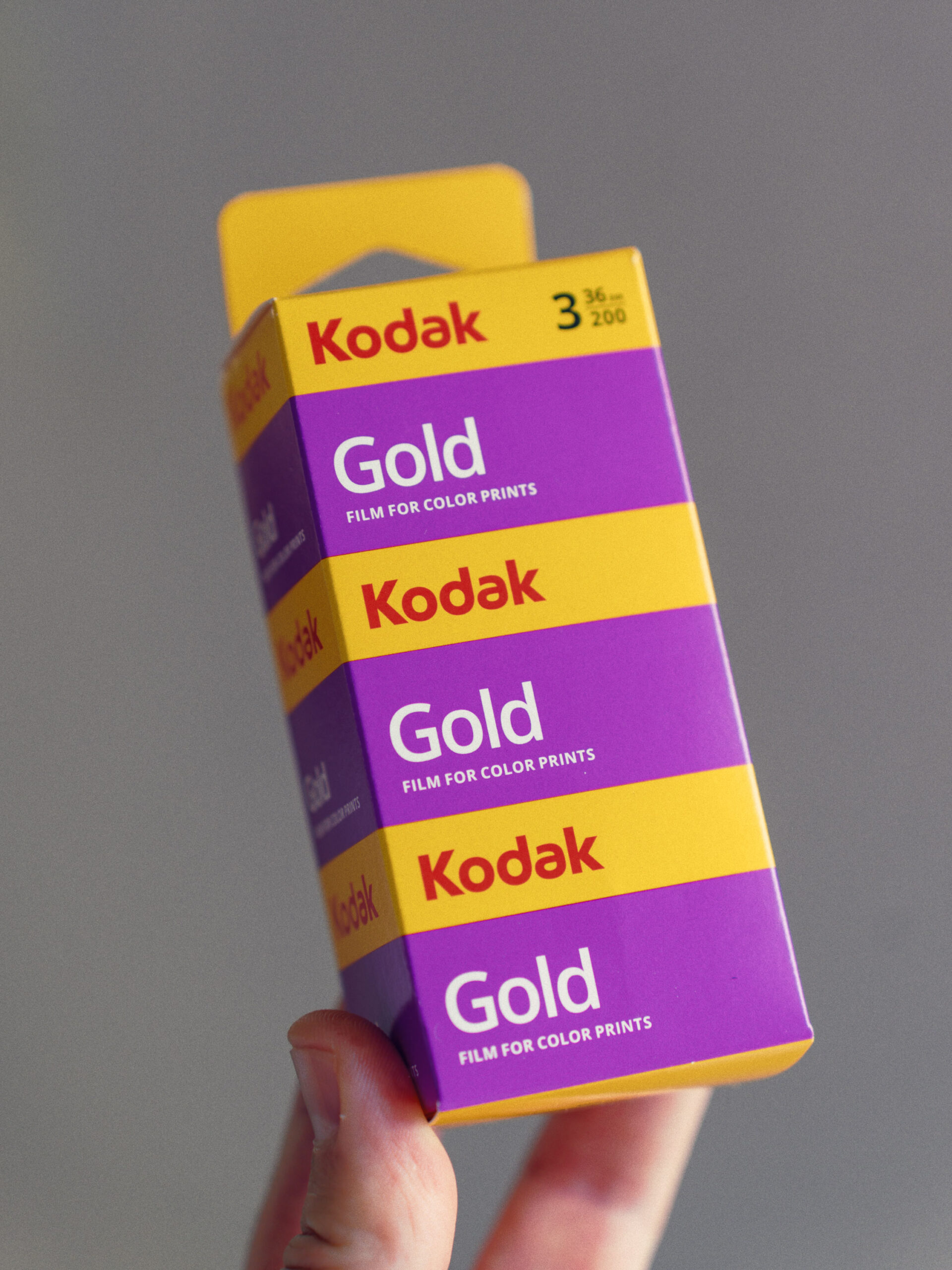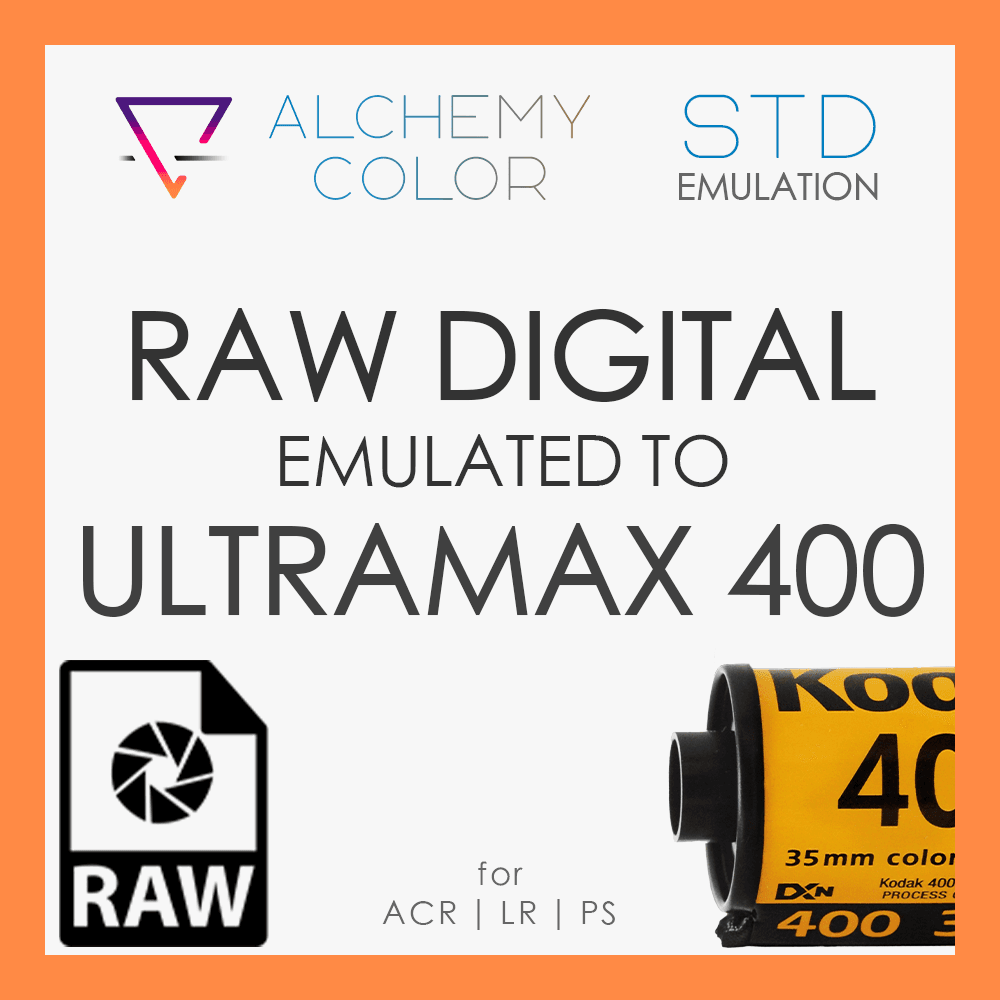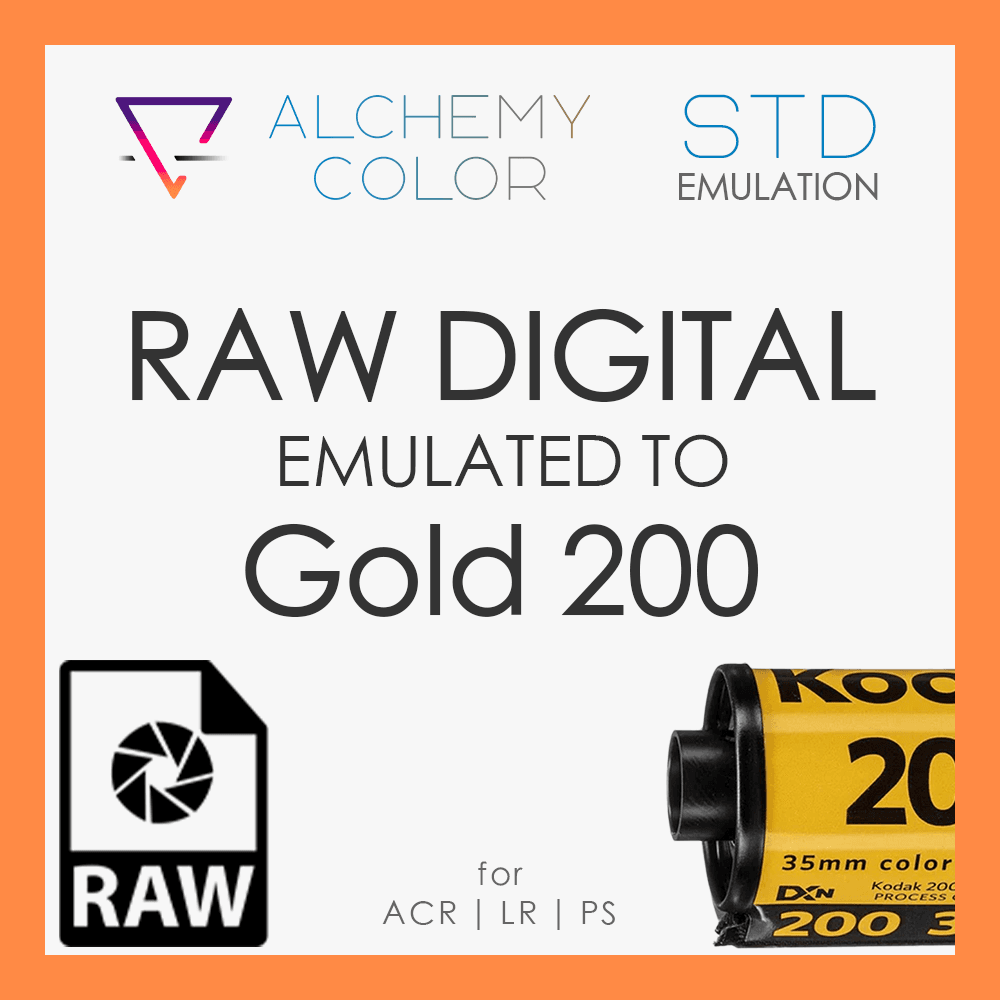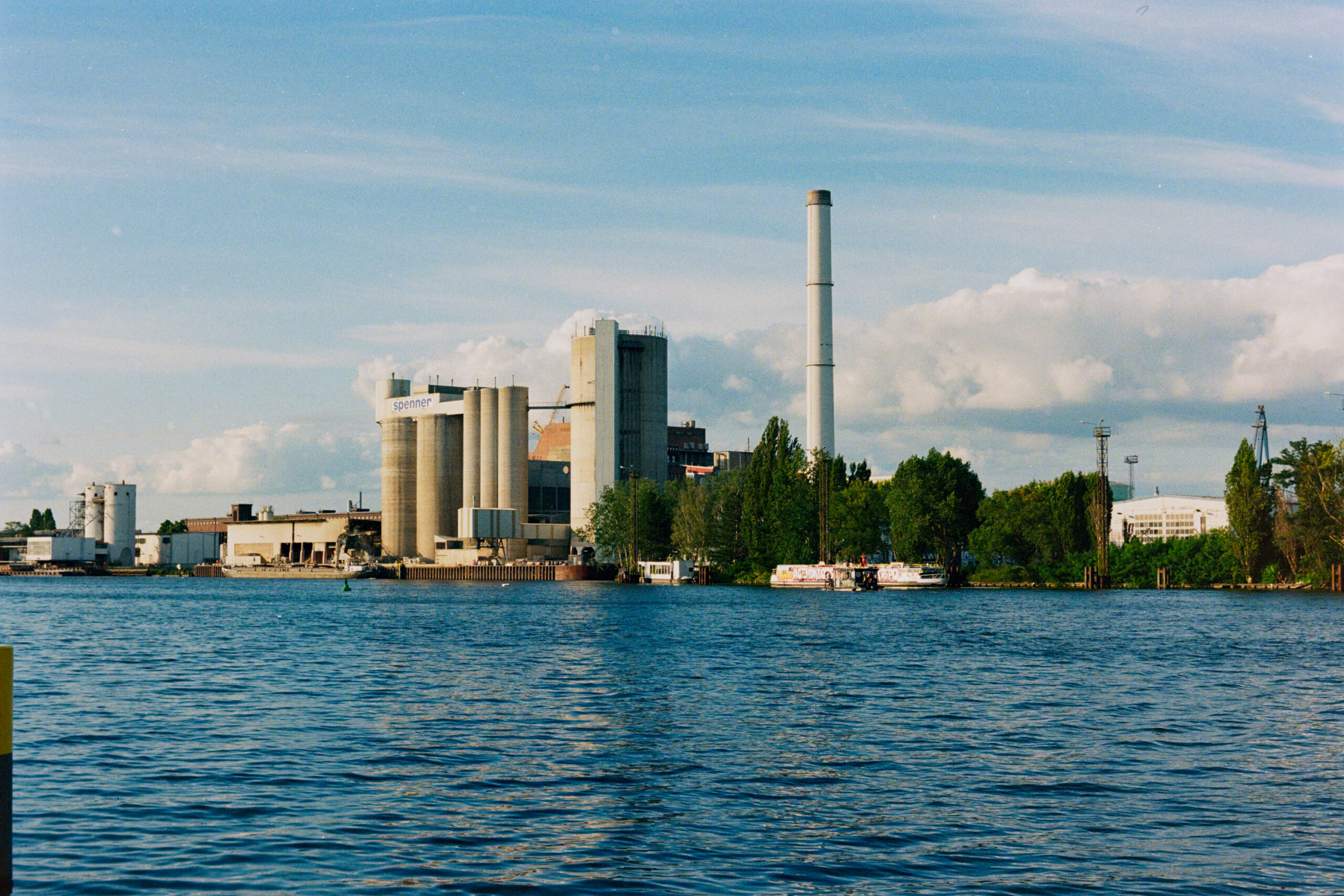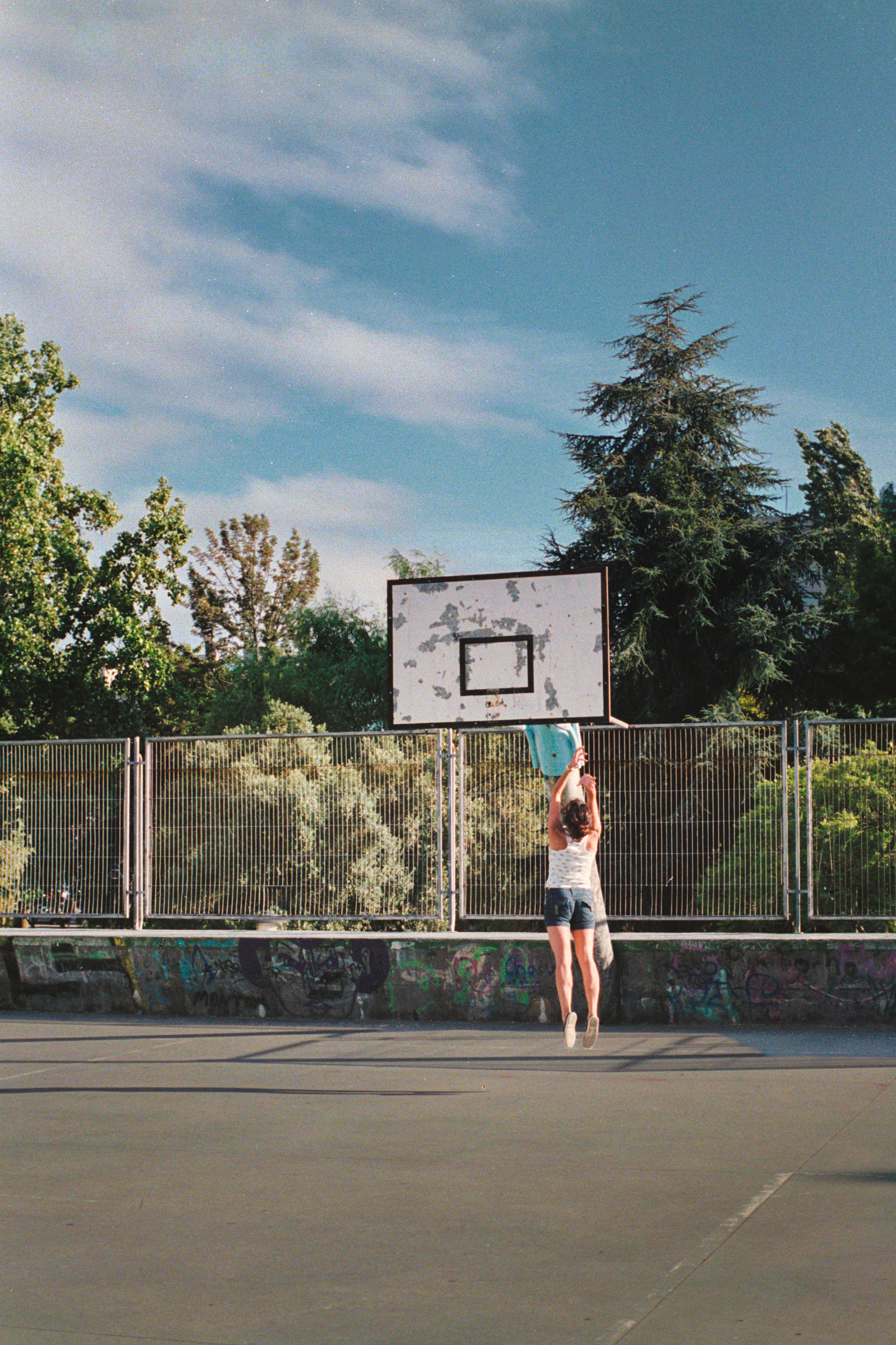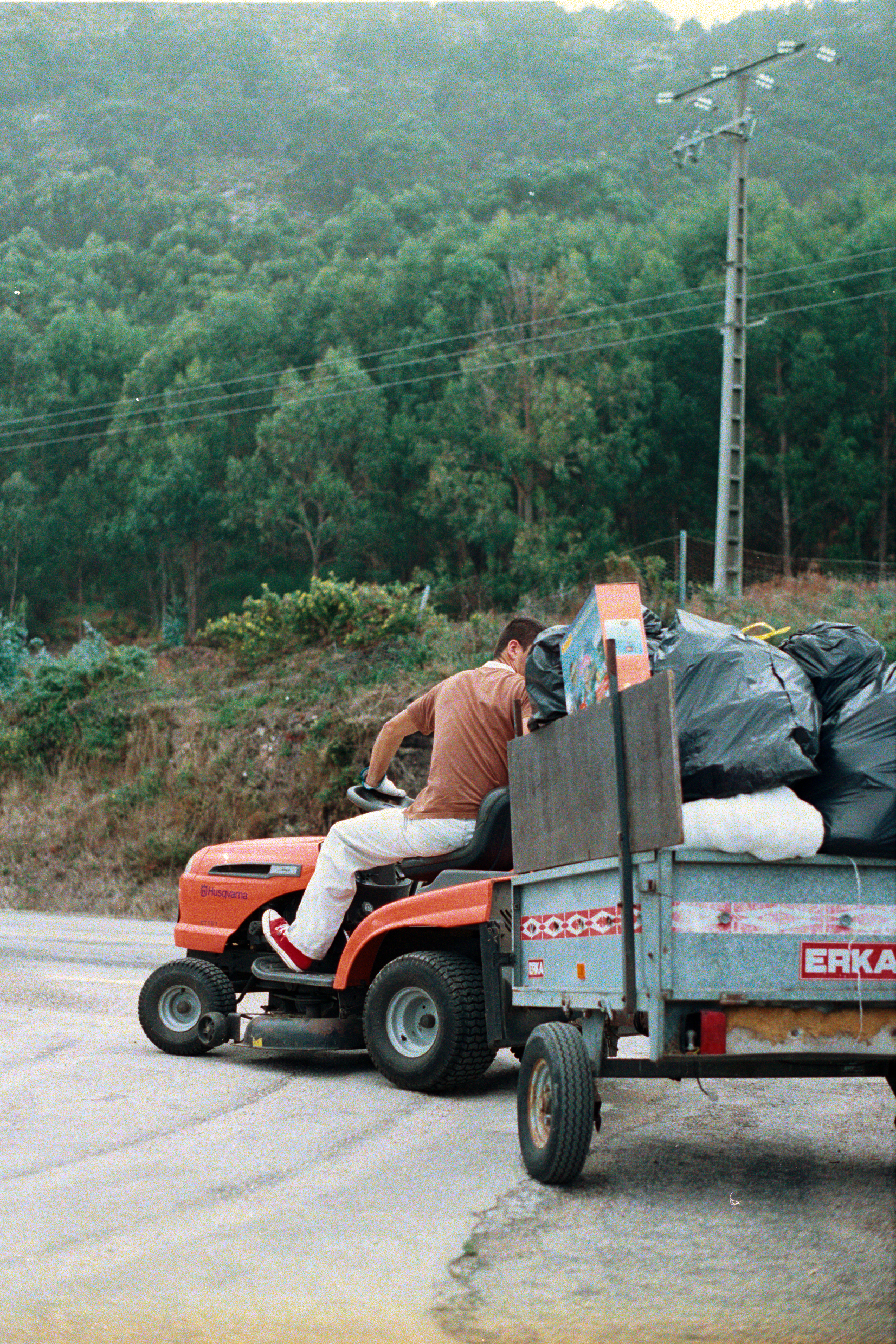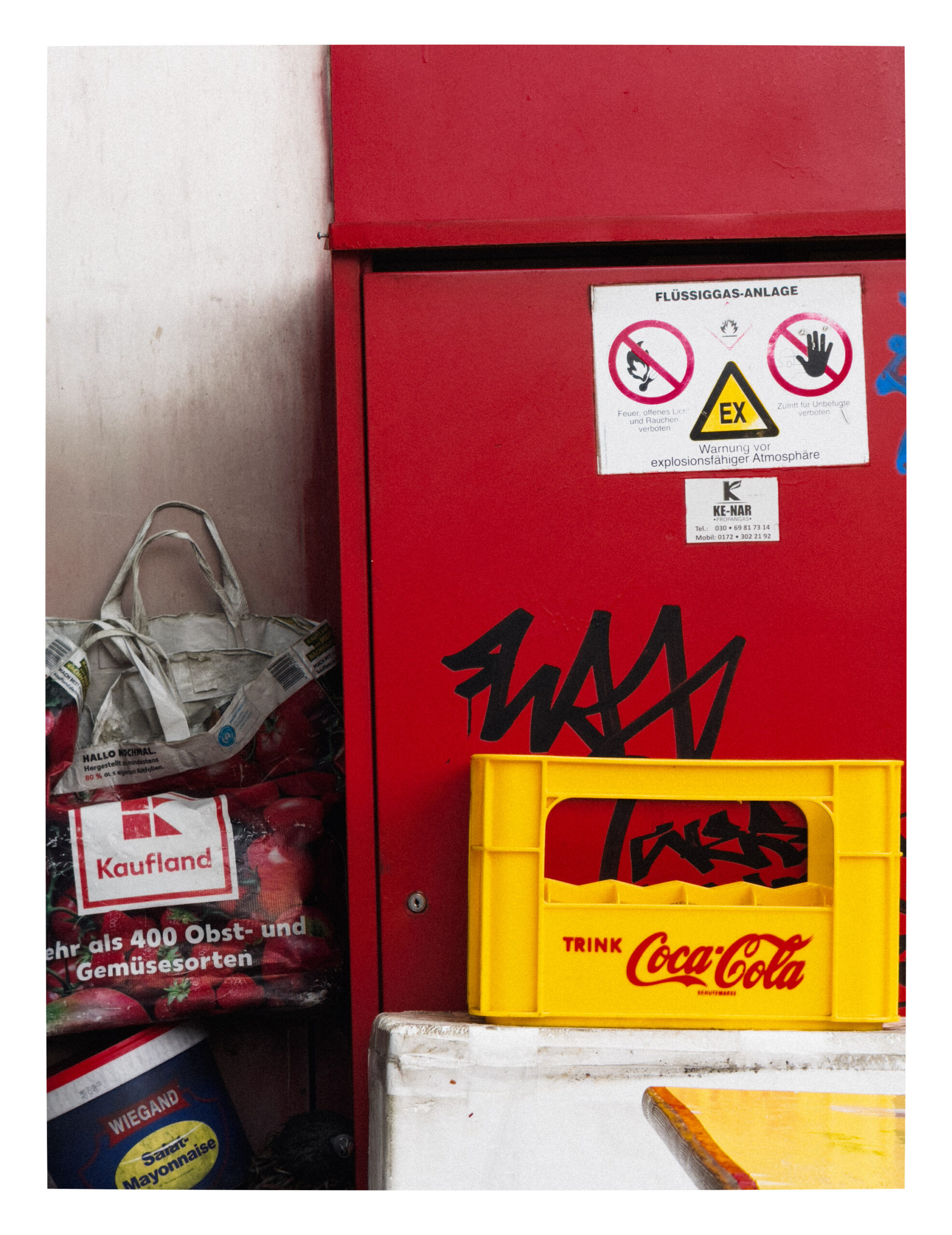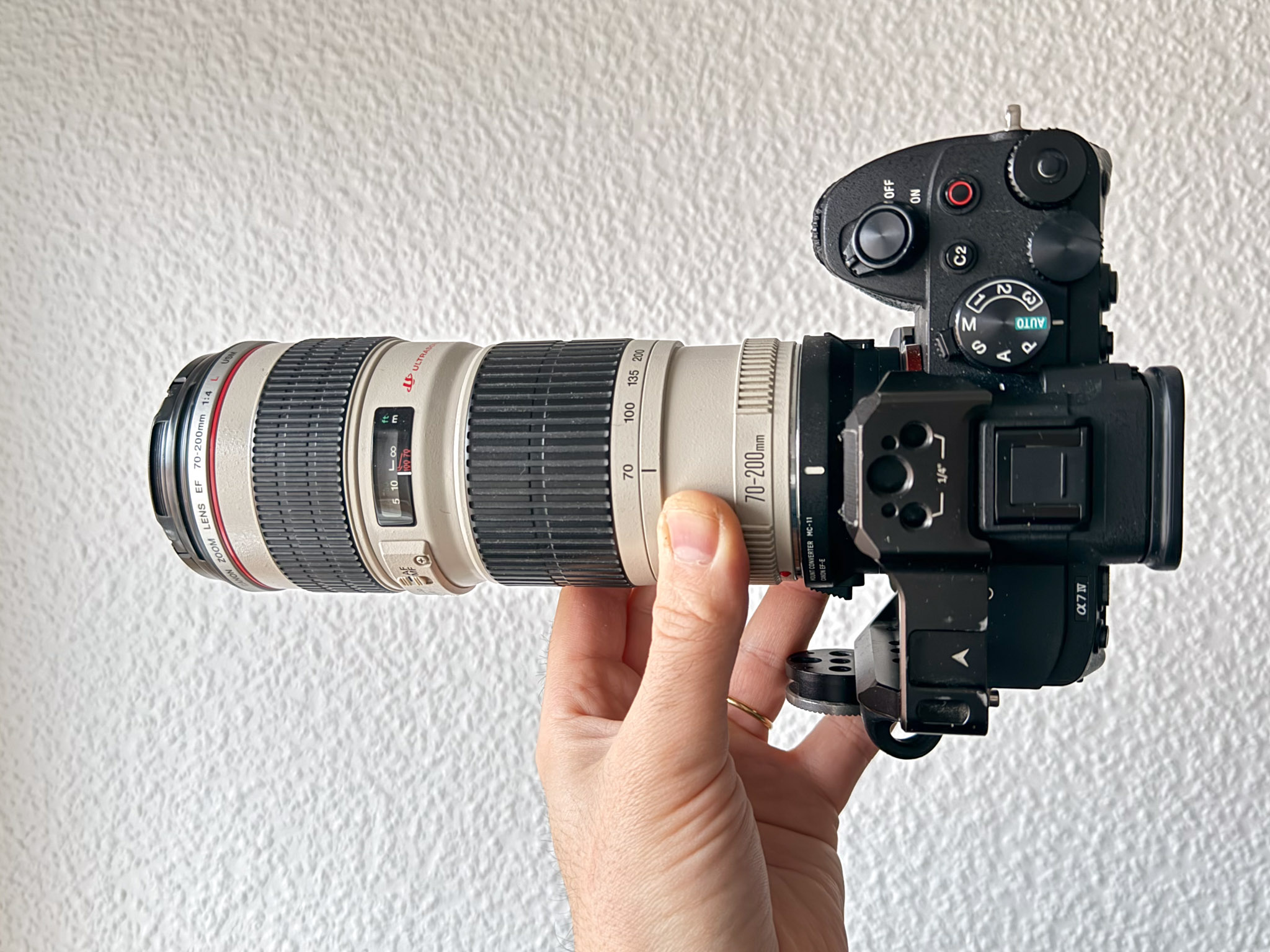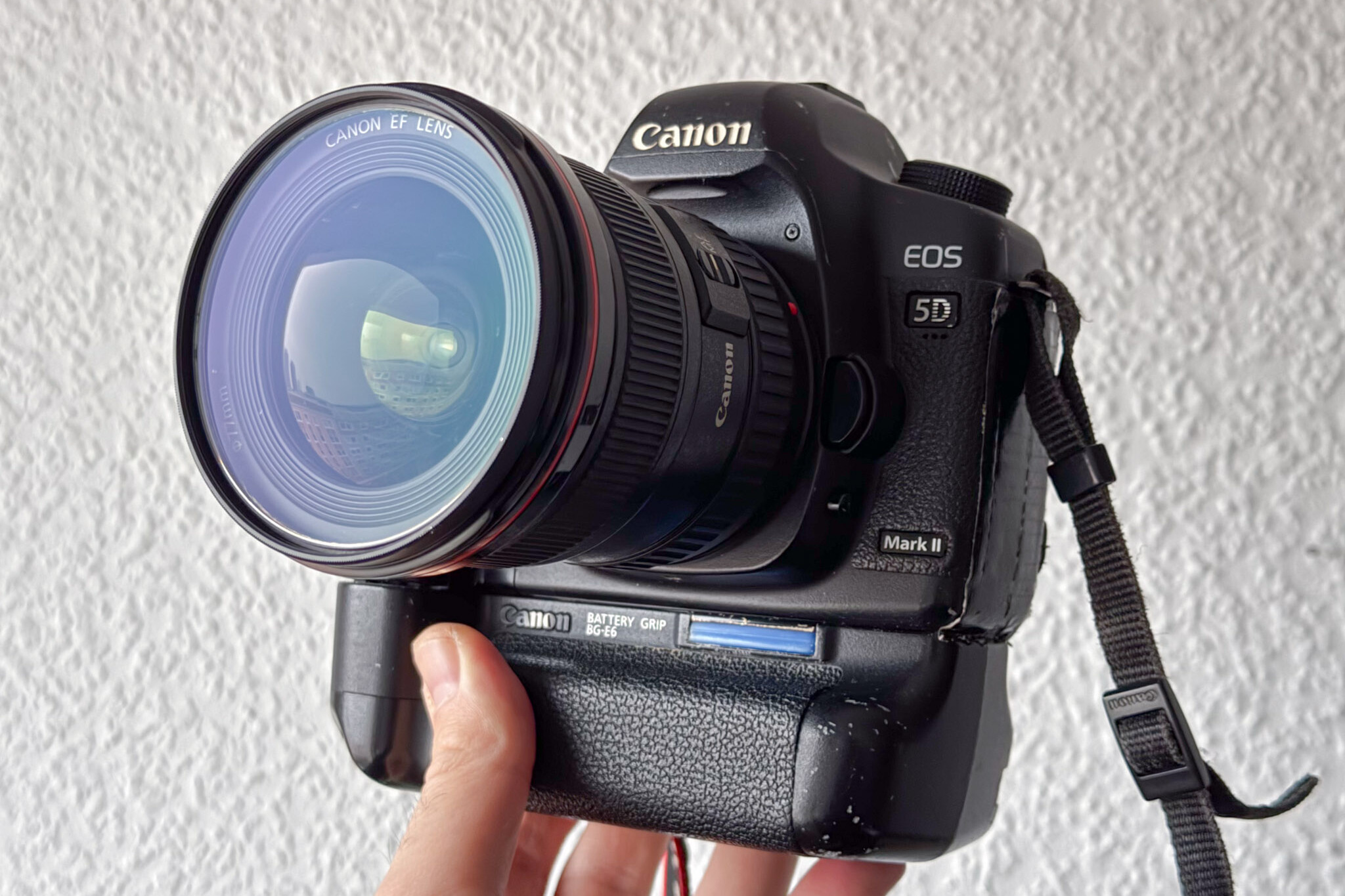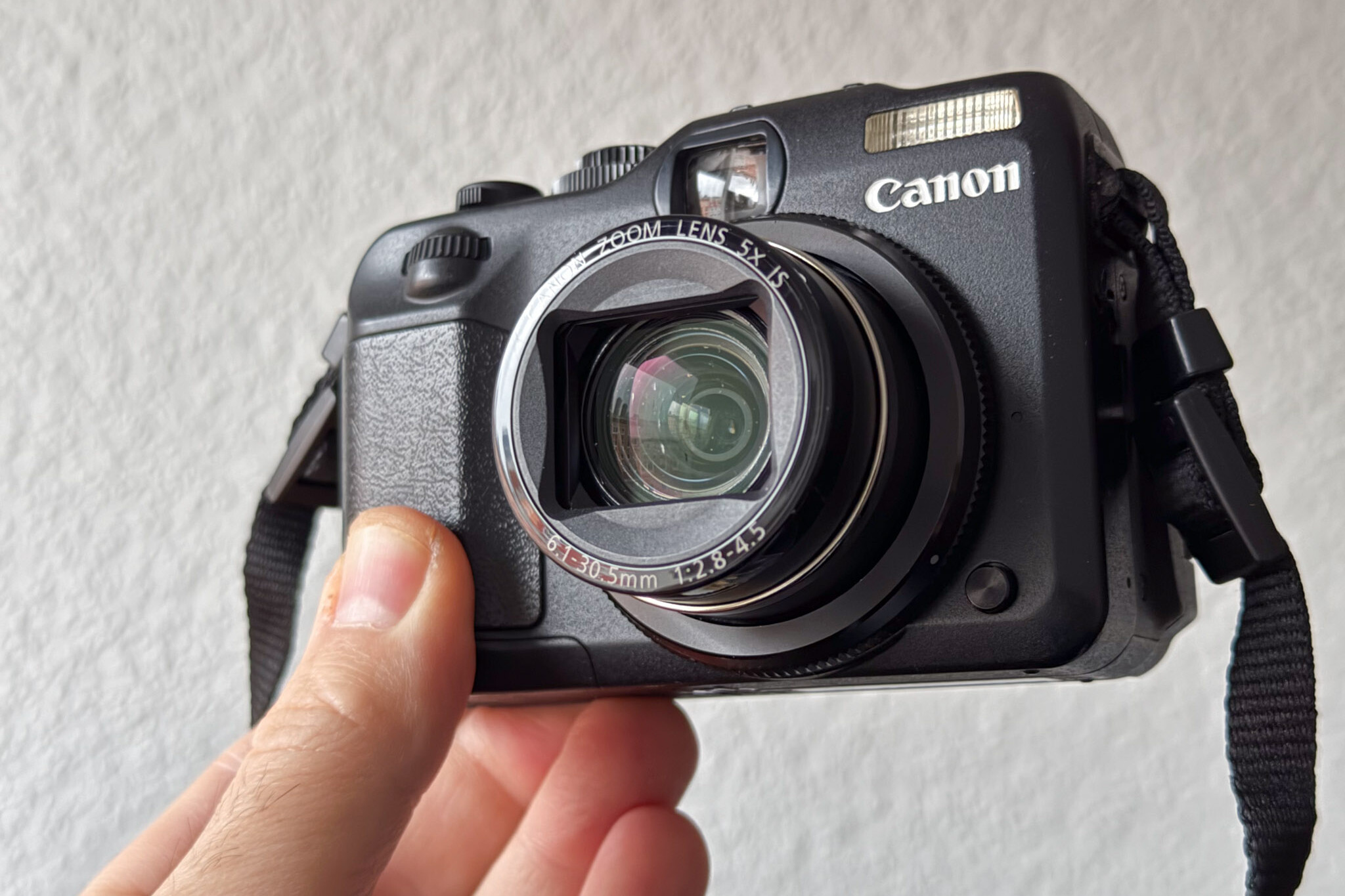The Color Negative Signal Path
Photography
Working with color negatives in the digital domain can feel like being lost in a forest. Instead of chopping trees indiscriminately to find our way home, I decided to make my own map.
Is there a non-arbitrary technically well informed method for converting film negatives to positives in the digital domain?I asked myself when I loaded a roll of Kodak Gold 200 in my Canon EOS50e.
What do we like in film photography?
Digital photography and cinema have a recurring problem. Digital quantization of light was heralded as a blessing at the beginning of the millennium, but 25 years later, we see an ever-growing push to have digital cameras shoot analog-like images. Perhaps it’s the curse of accuracy and predictability that makes us want to go back to the womb when things were simpler. But if we start addressing the specific case of color negative film photography, nothing was ever simple.
The photographic analog signal path is acrobatic in nature. It relies on chemistry and optics to replicate the phenomenon of human vision in the best way possible. This is a noble attempt at best and a beautiful failure at worst. It’s these failures: the non-linearities introduced during the reproduction process, the headroom, grain, film expiration, rigorous exposure of chemical print paper with an enlarger head, temperature of the chemical baths for developing both film and paper, etc., that make analog photography, not only hard but riddled with the possibility of mistakes. It’s the compounding effect of these happy mistakes that often contributes to what we call the analog film look.
Digital photography makes capturing reality easy and predictable which robbed us from the character and unpredictability of the media itself. We like film because we like the way things look on film. McCluhan’s famous quote rings true… again.
My deep dive: an essay, a tutorial and a promotional video
That took months to make.
This video is a result of months of investigation so that I could answer that fundamental question and move on with my life :). Like myself, I believe there are a lot of film photographers out there that want an answer to this question.
I believe that the results of this investigation should be freely shared, hence the creation of a universal method that doesn’t require anything special besides an average LCD screen, a digital camera, and a subscription to Adobe Photoshop.
Key takeaways
The video tutorial goes through every aspect I find relevant for the question of color negative inversion, so here’s a text rundown of the fundamentals.
- Film scanner interpretation of how the negative should be converted to positive plays a major role in the look of different film stocks. Automation makes it even worse.
- Unlike real world real-world color, color negatives hold color information in narrow bands, typically using three pigments. Dedicated film scanners have light sources that only allow relevant wavelengths to be transmitted through these film pigments. Some dedicated film scanner sensors have further filtering that narrows their sensitivity to the light being transmitted.
- Using a digital camera to photograph color negatives will lock the workflow into the fundamental premise that digital cameras are designed to capture real-world color that is continuous across the visible spectrum.
- To solve this mismatch, at least one element in the image pipeline must improve color separation. For the universal method presented in my video, I chose an iPad as a backlight. As seen in the measurements from my radio spectrophotometer, the light emitted from this screen closely matches the light source of a popular Fuji SP3000 film scanner. This choice of backlight will handle color separation needed for a good film scan with a digital camera.
- The universal method uses Adobe standard as DNG camera profile. This is a general-purpose profile that handles color separation in broad strokes, hence the need for a light source that preemptively takes care of that requirement.
- The color separation aspect of the specialized method relies on the virtues of good profiling. When using a very accurate DNG color profile for a specific camera, I was able to use continuous spectrum light sources to illuminate the negative. Extensive testing showed me that this was the most accurate method.
- Many film enthusiasts only want automated film scans and just leave the negative behind.
- Color negative film captures light linearly. The famous S curve of film is an attribute of the printing process but not from the negative itself. It’s the added contrast that makes images pop.
- Kodak Gold 200 is often described as a warm film, but I didn’t find any evidence of this except for a boost in yellows and oranges. The film’s red, green, and blue channels remain equidistant from deep blacks up to peak whites, making it neutral across its dynamic range.
Home scanning can be really, really good
And accurate too.
I decided to approach the color negative under the guise of color accuracy, as explored previously with my camera calibrations. If I kept every step as precise and well informed as possible, how accurate would the inverted negative be?
I addressed this question from the angle of artwork reproductionby focusing on the following: Best light source, Accurate exposure, Consistency, Camera profiling, Linear contrast, Wide gamut color space.
After having a good TIFF file with the photographed negative, it was time to invert it. This whole project would be meaningless without the work of Aaron Buchler who devised a mathematically accurate film inversion method using Photoshop.
https://github.com/abpy/color-neg-resources
The Specialized Method described in the tutorial video can achieve inversions with a DeltaE 200 of 2.84 on a ColorChecker SG. Values around 2.0 are considered very good. This is a testament not only to the accuracy of the method but also to the colorimetry of Kodak Gold 200.
Did anyone say film emulation?
While the image seen above is an obvious joke, it helps us establish a working metaphor about the nature of the analog signal path. That white rack-mount audio device is an LA-2A Leveling Amplifier, AKA a compressor. Wikipedia says that “The LA-2A has the ability to preserve the impression of performance dynamics while performing extreme level management—a sonic character that makes it sought after by many recording engineers, particularly for use on vocals and bass guitar.” This reminds me of what analog photography does to light, it compresses and amplifies.
The transition from analog to digital audio underwent the same growth pains as photography with the recording medium, editing environment, and reproduction systems. Many engineers prefer vintage tube microphones; multitrack mixing in a studio is mostly digital nowadays but often relies on adding analog devices in the signal path to add character to the sound, and as for reproduction, some prefer the sound of vinyl to digital.
I think the same can be said about digital photography. My approach to film is that it can be added to the digital signal path as a compressor. Indeed, it compresses and darkens high-saturation colors, reminiscent of subtractive synthesis color models and devices, and all of this contributes to what we like about most sensory experiences: That it feels nice.
With this in mind, I extracted the positive color of the inverted negative with the most well-informed process I could come up with. The result is an XMP profile that is ingested into the Adobe Camera Raw image pipeline, allowing for extensive edits without being locked into a finished look. The emulation is indeed subtle as we saw before in the color matching metrics but noticeably enough to be amplified into a desired look.
Here’s a box of Kodak Gold 200 photographed with a digital camera emulated to Kodak Gold 200. This before/after slider reveals some of the traits Kodak Gold 200 negative film is popularly known for:
- Saturated and bright yellow and orange.
- Caucasian skin tones often sway towards orange.
- High saturation colors such as red become darker as a consequence of the subtractive color model of film and print paper.


So, can digital actually look like film?
Color is only part of the picture (pun intended). Texture is super important too, so here are some examples of both small sensor old digital cameras with the emulation applied. This emulation likes noisy sensors as it takes advantage of natural chroma noise, mixed with custom optimization masks that complete the film look. Dense, saturated colors are also a natural result of the subtractive synthesis process. Deep reds and blues that don’t clip into a flat color come out naturally with this emulation.
Emulating the developed negative is a game changer.
In my opinion.
The most fundamental representation of a color negative happens after the film is developed. If everything goes well with the film stock and development, then emulating a developed negative would bypass any arbitrary transformation, allowing for an accurate starting point for subsequent inversions. But how is this even useful in a digital world? Is it even accurate?

An average DeltaE 200 of 0.77 is pretty accurate…
Ok, now what can I do with this orange negative image? This solution in search of a problem taps into the flexibility of both our own inversion method and the usage of plugins such as Negative Lab Pro. Let’s take this candid postcard of a street corner in Berlin and invert it to Kodak Ultramax 400. The camera used was a Canon EOS M6 MKII with a 22mm f/2 lens. Download the emulated TIFF here and try inverting it yourself.
I first adjust white balance, exposure and apply the negative emulation. Then I export a 16 bit TIFF in REC.2020 or any other wide gamut color space, import it back into Lightroom and open Negative Lab Pro. The extensive editing options in NLP allow for infinte looks. Here are 6 of them. Click on any image to zoom in.
So, can we see the forest for the trees now?
Here are two photographs. One was taken with a Canon EOS 50e + EF 50mm f/1.8 with Kodak Gold 200, developed and scanned with a Sony A7IV with 33 megapixels, a 1:1 macro lens, and inverted manually with our specialized method. The other is a digital image made with a 6-megapixel CCD Konica-Minolta 5D, emulated to negative, exported as TIFF, and processed with Negative Lab Pro.


Gallery
To conclude, here’s a gallery showcasing both film and emulated digital photographs. Take a guess which is which. Click on each photo and zoom in 1:1. Comment down below on which you think are film and which are digital emulations.
Cameras Emulating Cameras
Photography
This blog post is an adaptation of our YouTube video presenting our new product line of camera emulations
“This cheap digicam shoots infinite film photos”
– Every YouTuber for the past 2 years
On the occasion of the launch of our new product line called Alchemy Emulations, I decided to explore some ideas that have been circulating on the internet. I wanted to know whether the debate about CCD versus CMOS cameras holds any water, or if it’s all a matter of deliberate choices made by manufacturers to one-up each other with more saturated, more contrasty images.
Digicam Fever Dreams
As of 2024, we are likely in the midst of a resurgence in Digicam usage. The nostalgic aesthetic and affordability of these cameras have captured a significant portion of younger photographers and even influenced some brand campaigns. Nostalgia can be wonderful as long as it doesn’t turn into a revisionist myth. There is a fine line of clickbait rhetoric that often gets crossed, specially when people say that old digicams make photos that look like film.
Digital imaging allows manufacturers to tweak color arbitrarily and consistently across every sensor produced. Buying a camera often meant buying into a particular look, especially if it only recorded JPEG files. Many people claim that some digicams produced JPEGs resembling film when dialed in with specific settings. While this may sound simplistic, it holds some truth. It’s reasonable to assume that the color science behind some models from the early 2000s drew inspiration from analog imaging as the market transitioned from analog to digital
Given that cameras need to sell and most consumers prefer high contrast and saturation, it was only natural for mainstream models to push this look as part of their marketing strategy. This influence is evident in early APS-C cameras, such as the Konica Minolta Dynax 5D and 7D. Konica Minolta, known for making film, produced the 5D, whose JPEGs are often contrasty with a green tint in the midtones. Similarly, the Olympus E300, E400, and E500 employ a strategy of darkening highly saturated colors to preserve information, reminiscent of the subtractive synthesis principles in analog imaging. Other cameras enhanced contrast significantly to make images more visually appealing.


It's the CCD right?
Maybe not.
There is some truth to the claim that CCDs look more like film. This technology aimed to bridge the look of analog film and digital imaging. We can reasonably assume that Kodak’s development of digital color science drew inspiration from their knowledge of film.
The biggest drawback of old cameras is dynamic range. Clipped highlights are the telltale sign of digital capture. To make old digital look like film, you must shoot images with good lighting, low contrast ratios, underexposed highlights, and carefully positioned subjects to minimize the digital look. Every photographer knows that lighting is the great equalizer—it can make the best cameras look terrible and the cheap cameras look half decent.

Are CCD and CMOS sensors that different?
At the fundamental level of converting light into electricity, not by much.
When discussing raw output, the fundamental process of converting light into electricity is similar in both CCD and CMOS sensors. I’ve read that early CMOS sensors were less sensitive to light and used less dense color filter arrays, resulting in less color separation compared their contemporary CCDs. Some photographers argue that early CMOS exhibited less color separation as a consequence. To verify this, one would need to measure the spectral sensitivity index of two sensors from the same era. I must say that I have no conclusive evidence for this.
“As someone who’s been involved in designing CMOS and CCD cameras for science use, I’d say it’s nonsense. The sensor’s color response is determined by the RGB filter array on the sensor, and by how the digital data is processed into an image file. CCD vs. CMOS makes no difference. The actual light-sensitive pixels work the same way – they are just silicon photodiodes. The only difference is in how the electric charge in the pixel is transferred to the amplifier and read out. Both CCDs and CMOS are very linear in low & mid tone levels. The noise characteristics aren’t very different, though there was a time period when CMOS sensors were more noisy than CCD sensors. The behavior is different when it starts to saturate, but that should only affect the highlights.In my opinion, if older CCD cameras have different color response than newer cameras, it’s because camera manufacturers have improved the color filters and/or the image processing algorithms over time, and some people prefer the older look. Not because of CCD vs. CMOS.”
A kind stranger on Reddit once wrote
In 2017, Phase One used this argument in developing their high-end camera backs. Their trichromatic sensor series, built with three color channels, as any other photographic sensor, argued that further narrowing the filtering for each primary color could capture better color. Jack, AlmaPhoto with the fabulous website www.strollswithmydog.com explains this in detail.
Phase One IQ3 100MP Trichromatic vs Standard Back Linear Color, Part I
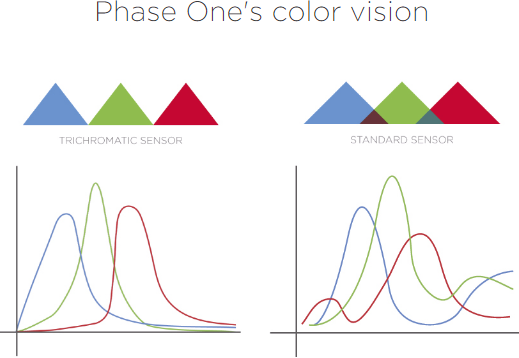
Do narrower RGB filters result in better color? The great Jim Kasson tested this theoretically in Matlab and came to the conclusion that narrower isn’t necessarily better.
There is a widespread belief about Bayer color filter array (CFA) response spectra. It goes something like this:
- The old CCD cameras used to have great color.
- The reason they had such good color is the dye layers in the CFA were thick.
- Thick dye layers led to highly selective (narrow band) spectral responses.
- Modern CMOS cameras have lousy color.
- The reason is that they are trying to reduce photon noise in the images.
- Making the CFA filters less selective reduced the photon noise, but made the colors bad.
I have seen no evidence that the color is better — which, for the purpose of this post, I’ll define as more accurate — on old CCD cameras than it is on new CMOS ones. I’ve owned and used several old medium format CCD cameras and backs, and I don’t think the color was more accurate.
Before The Resolution Wars We May Have Had The Jpeg Color War
More is better, right?
Sister CMOS Cameras
As manufacturers transitioned from CCD to CMOS sensors, there may have been a revision of their approach to creating a digital look, potentially as a deliberate marketing strategy. Comparing the Olympus E400 (CCD) and E420 (CMOS), we see that the E420’s images are brighter and more saturated, with a more artificial look. This highlights the possibility of a color science war running alongside the resolution wars of the mid-2000s. Brands were trying to outdo each other with each release, which, in hindsight, may have created the perception that CMOS sensors looked worse.
Below is the same scene photographed with two cameras separated by only one model, the E-410. This comparison demonstrates how the approach to JPEG color evolved from a dense, controlled color into an over-saturated mess. Click on the images to zoom in.
Straight out of the camera JPEGs. Same exposure, same lens, same color mode: Vivid.
Looking at the color from these old cameras, we might feel that something was lost along the way. The rolled-off highlights, high contrast, low dynamic range, and the legacy color science approach to film color contribute to this perception. Sensor technology alone wasn’t decisive in making the JPEGs from older cameras look better than modern ones; it may have been all about deliberate choices in color science.
To be absolutely sure, we’d need to map out the default JPEG output of every camera against a standard like a simple 24-patch ColorChecker Classic, then measure the Deltas. Imaging Resource has done this with their Imatest reports.
Is it relevant for the world we live in? Maybe not, but it would make a nice academic study. Until then, I’ll keep extracting the JPEG color of every camera I come across and making emulations for many other cameras that shoot RAW.
Stay tuned.
Conclusion
Not much of a conclusion it seems
We like the look of old digital cameras, and that’s okay. Do they look like film? Maybe, when the light is right, the contrast ratio in the scene fits within the sensor’s limited dynamic range, and other conditions are met. Are CCDs better than CMOS? Perhaps in the early days, there was a noticeable difference, but this could have been a consequence of deliberate color science code written into the internal JPEG engines of those early cameras as a way for brands to one-up each other. Maybe we miss the rolled-off highlights and less saturated colors. Maybe the low dynamic range, high contrast of old sensors looked good under low contrast scenes that made it look like film.
Is it OK to miss the things we like? Sure! Do I have a favorite old digital camera? I sure do! It’s the Konica-Minolta 5D and it will be the second camera to be emulated in the next launch. Here are some random JPEG samples from my 5D.
The Double-Edged Sword Of Digital Imaging
Photography
In this essay I will explore some questions behind the nature of analog and digital media and how it relates to our sensorial nature.
“For a long time, many people have thought, ‘Well, film has this S-curve kind of thing, it must be some sort of limitation of the photochemical process’. It isn’t. It was designed into the photochemical process. Eastman Kodak for years actually hired more psychologists than chemists for a period of time. They would go around and research this, about what people like; and all of these S-curves with rolling off of the highlights and shadows was purposefully built into the product.”
– Joshua Pines, colour scientist
The Pursuit Of A Certain Type Of Warmth
We often appreciate how an image looks on film or how an analog recording of a song sounds, describing this sensation as “warmth.” This brief yet powerful term conveys much about the nature of memory, analog and digital media, and the experience of reproduction. While digital signal processing allows for infinite, non-destructive transformation of data, many viewers find it lifeless and unmoving.
I believe most people prefer a veiled reality over an accurate representation of the original phenomenon. Analog media—whether audio, film, or stills—charm us by providing a protective layer between us and the original event. Characteristics such as tape hiss, visual grain, vinyl crackle, dust on film, tape headroom compression, highlight roll-off, audio frequency non-linearities, and color skews reveal the similarities across analog mediums.
These features are inherent shortcomings of the analog medium. However, they play a significant role in creating that elusive sense of “warmth,” a quality that eludes precise description and is often used casually as a quick label.

The medium massages us
The media is the message
If all we have are memories and the recorded etchings of those memories, the recording medium becomes an active agent in reliving the original event. The aforementioned sense of warmth serves as a veil, protecting us from what might otherwise be perceived as a “boring” image. Uninteresting images can become compelling through the presence of this analog “warmth.”
William Eggleston’s work exemplifies this. His 5×7 large format direct contact prints are stunning, even though his subjects often were not. The medium can evoke memory as much as the message it contains. Walter Benjamin’s words come to mind when he suggests that the medium massages the spectator.

High Fidelity Sounds
The technicalities of sound reproduction
The term “high fidelity” in music reproduction describes the desire to be immersed in a sensory experience as close to the musician’s or studio’s intent as possible. The commercial incentive is clear: a better-sounding system is one that doesn’t modify the original sound.
While the direct output of a microphone is just a low voltage facsimile of the real thing, an analog or digital picture is more abstract. Consider a film negative or a raw digital file—an orange-tinted inverted image or a matrix of numbers. This information needs to be transformed to look real, while sound just needs to be amplified. Positive film can be excluded from this comparison.
This raises the question of whether the faithful reproduction of color relies more on processing than on the inherent virtues of the capture hardware.


High Fidelity Images
The technicalities of image reproduction
In the days of analog film, some products were marketed with terms like “Reala.” This film contained a fourth color layer that promised better compatibility with fluorescent lights and a more realistic-looking image. Kodak, for instance, claimed that their new emulsion could “photograph the details of a dark horse in low light.”
These marketing strategies aimed to differentiate products by emphasizing fidelity, much like the audio industry had done before.
Digital capture and editing brought about the possibility for endless non-destructive manipulation. Closer-to-reality reproduction became attainable, but this virtue was never advertised with the same vigor as the inherently flawed, moving target of chemical processes.
In the digital realm, we have Canon’s Faithful color profile and many “Natural” profiles by other manufacturers, but the concept of high-fidelity imagery was never widely promoted. One exception is Hasselblad with their Natural Colour Solution (HNCS).
Monitors, on the other hand, emphasize faithful color reproduction. Technical measurement results are made public to appeal to professionals who need to trust their color accuracy.

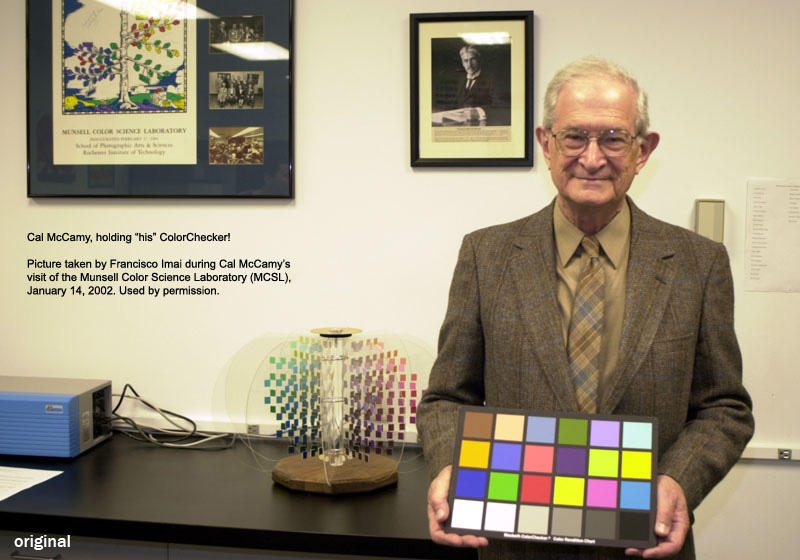
The need for realistic looking images
Different cameras can look the same in post
Camera brands offer different looks in their models to attract photographers who want to see the world in a specific way. While this is true for in-camera processing, RAW files allow for extensive manipulation of the original signal.
In-camera color processing and digital “developers” each have a specific look. Out of the box, no JPEG file straight from the camera or RAW file with default settings is colorimetrically accurate. Some come closer than others, but generally, brands still shy away from removing that layer of “warmth.”
Colorimetrically accurate images can be boring, but the same image can be improved in post-production, much like Kodak’s S curve. Professional photographers need assurance and predictability in a product that removes the look of a camera sensor in the imaging pipeline.
Alchemy Color Calibrations stems from this concept that the tools in raw image editing should work on a realistic baseline rather than a pre-cooked image that seems finished with one click.
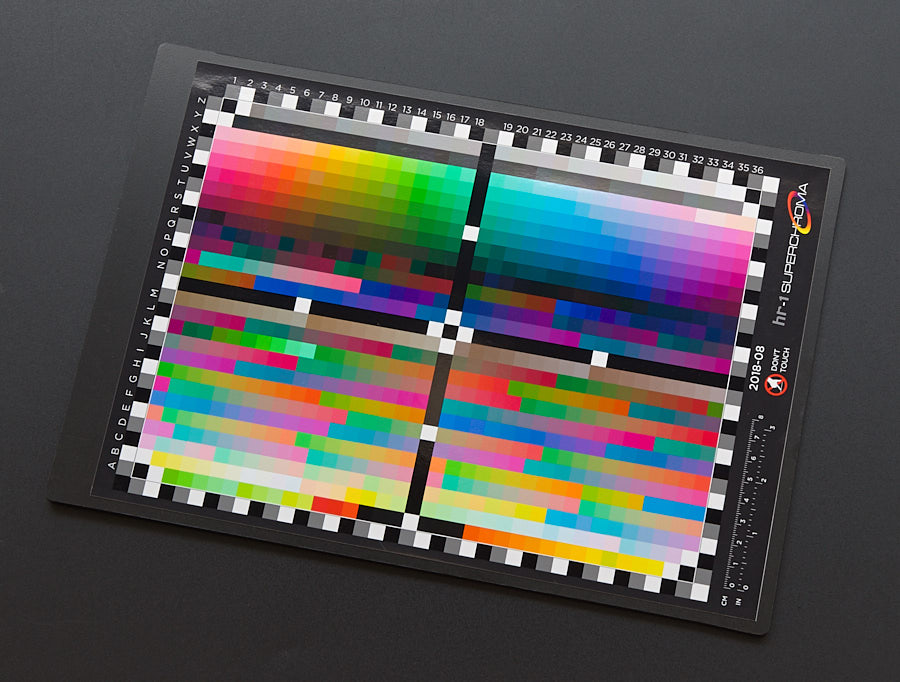
First calibrated cameras
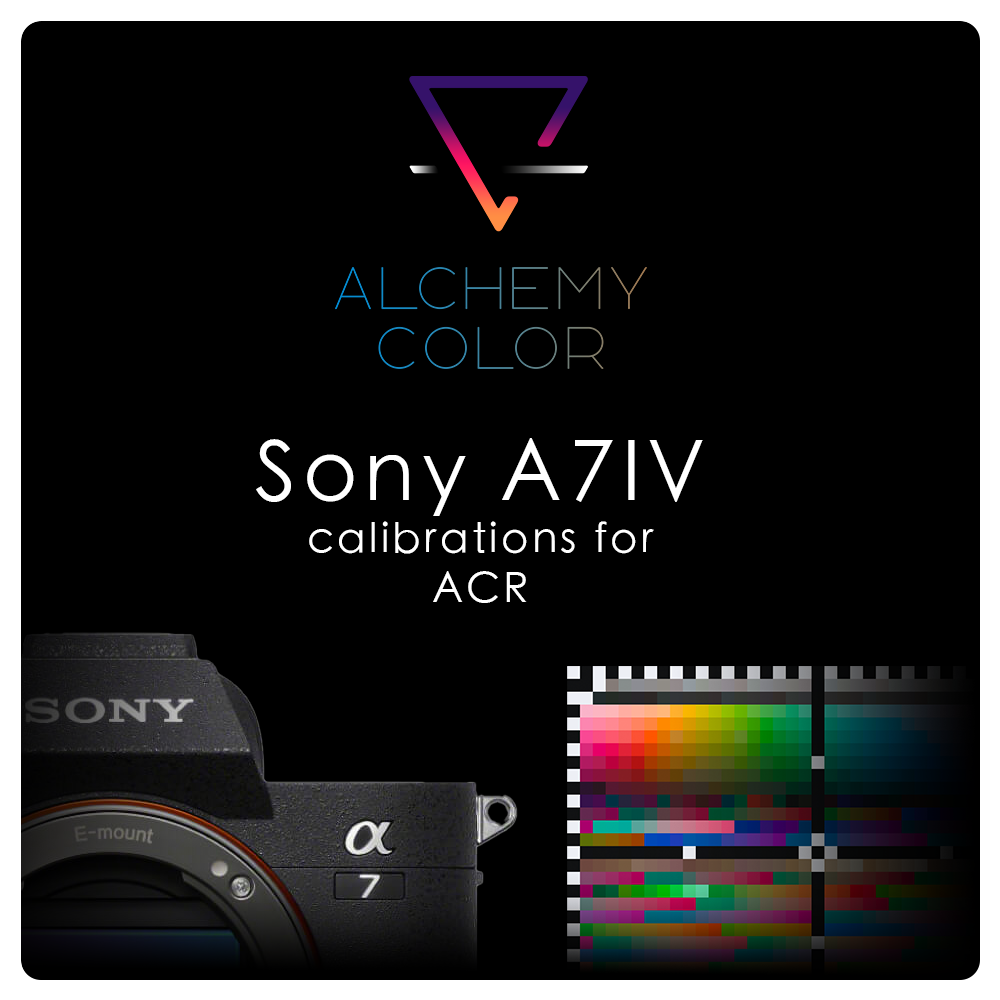

Sony A7IV and Apple iPhone 15 Pro Max
The Alchemy Color database will start with the cameras I have at arm’s length. One camera goes around your neck, the other one fits in your pocket.
The Sony A7IV is my photo and video workhorse and I believe it’s one of the most balanced options in the market. This camera’s great dynamic range makes it really easy to calibrate with the SuperChroma HR-1. The most saturated and bright patches are far from being clipped when exposed for middle grey. Smaller sensor cameras struggle with this.
The iPhone 15 Pro Max boasts 4 raw capable cameras. These can be used either with the pseudo raw format Apple Pro Raw or real raw captured with Lightroom or any other compatible camera. Both formats look identical after calibration. Until Adobe Camera raw takes advantage of the computational side of Apple ProRaw, ProRaw will just be a fancy HEIC with white balance in post and a lot of denoising applied.
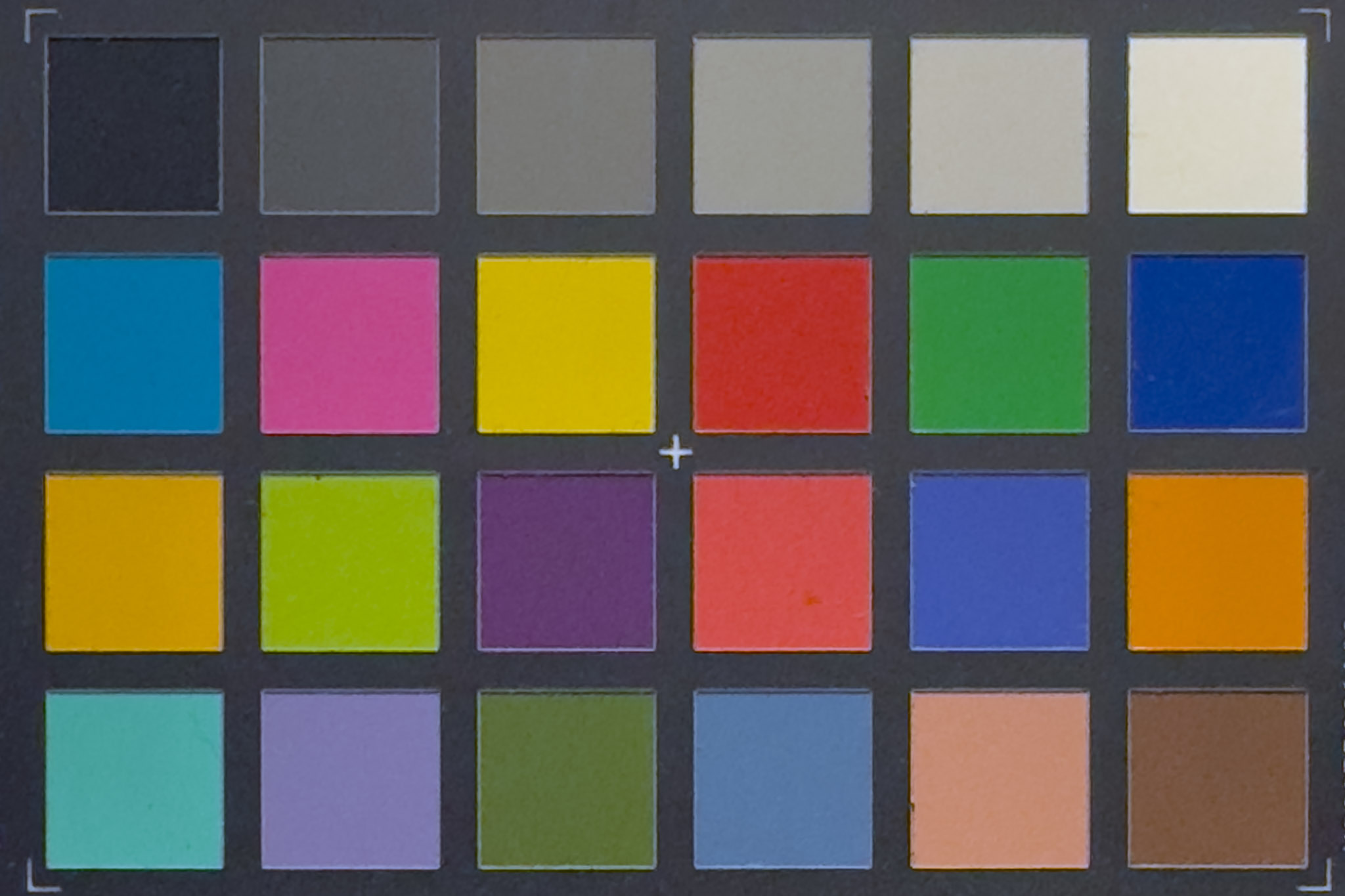

Apple ProRaw – Left: ProRaw profile – Right: Calibrated


Real Raw – Left: Adobe Color default – Right: Calibrated
Left to right, top to bottom: Sony A7IV, Apple iPhone 15 Pro Max, Olympus E-400, Olympus E-420, Canon EOS 5DMKII, Canon Powershot G12, Canon Powershot S110, Fujifilm X20, Fujifilm X-E2, Sony DSC F-828, Blackmagic Pocket Cinema Camera 6K, Canon EOS 50E (analog).
Some of these cameras will be used for emulation too, namely the CCD ones: Olympus E-400 and Canon G12. For Fujifilm emulations I want to get my hands on a newer model, namely a X-100V with a more granular control of color. Does anyone want one of these models calibrated? If so, it can be done quickly, aside from the EOS 50e, obviously. Leave a comment or email us as info@alchemycolor.com.
A fresh shart
Alchemy Color stems from an intense desire to achieve correct reproducibility with digital images. Faithfulness in reproducing reality is a moving target that eludes aesthetic trends as it stands on its own as a measurable, empirical process. My passion for systems of reproduction (audio/video/photo) became a profession 15 years ago. Since then, having a dependable set of tools for color transformations has been hard. Most of the options out there are arbitrary, trendy or plainly wrong. With this in mind I decided to make my own.
“Photography is not about the thing photographed. It is about how that thing looks photographed.”
Garry Winogrand
I want to see what my eyes see, not necessarily what the camera internal signal processing or the raw developer decides it’s supposed to look like. If I want to see that thing photographed, I want to minimise the color decisions along the way, hence the importance of calibration. I want to have control over the color look of my images. If I want to see the camera, then camera body emulations come to mind. Maybe I want a Sony camera producing images that look like a Fujifilm JPEG. This is also possible and will come out as a product later this year. The cameras we’re eying right now are: Fujifilm film emulations and Olympus E-400 CCD emulations.
Alchemy Color is the toolset that I wish I had found earlier in my photography career. Now, it’s here!








